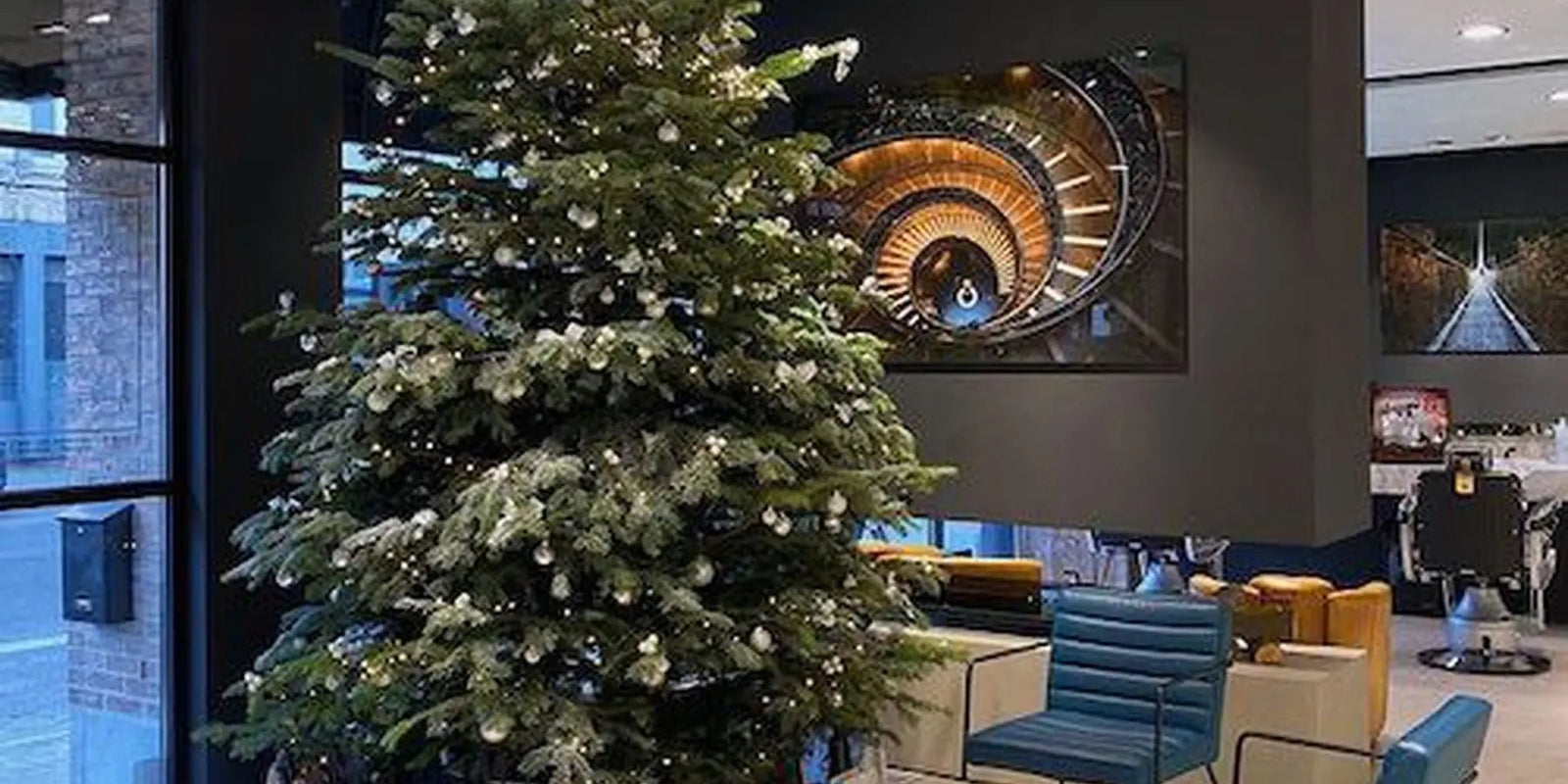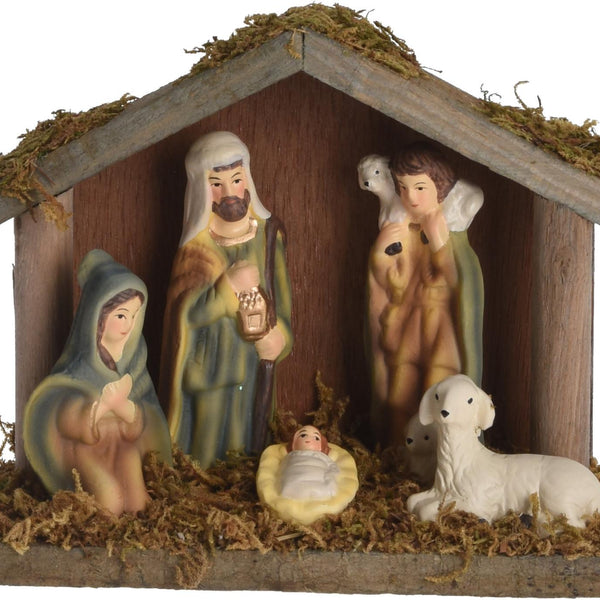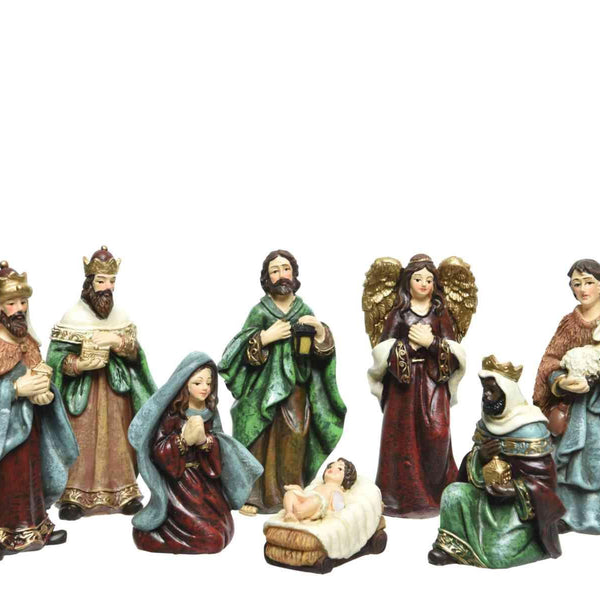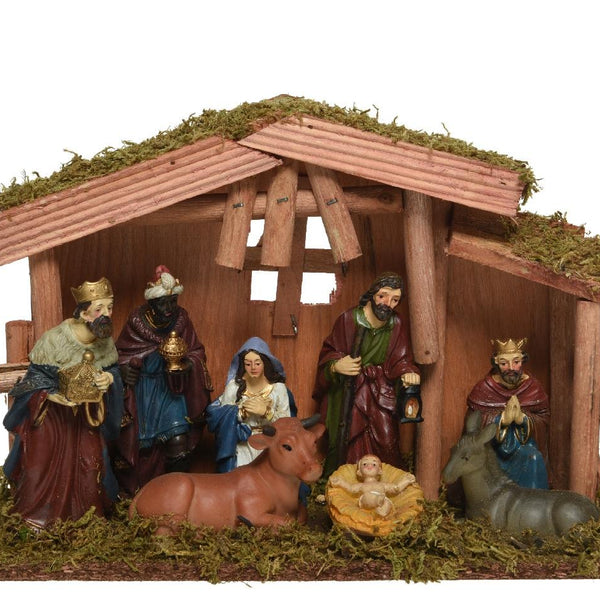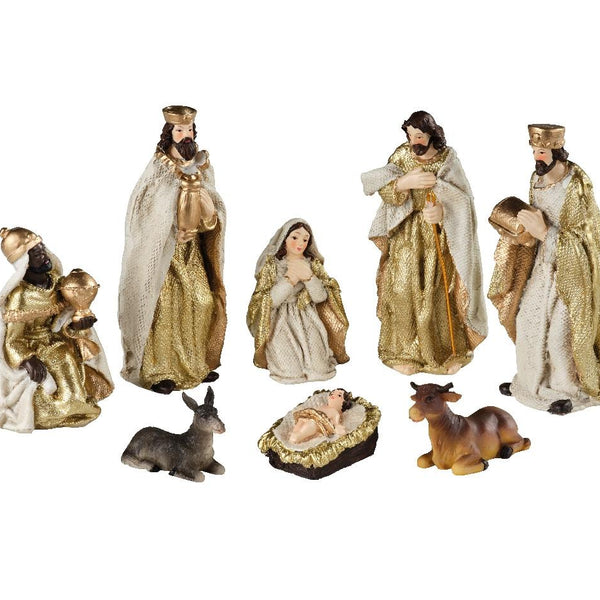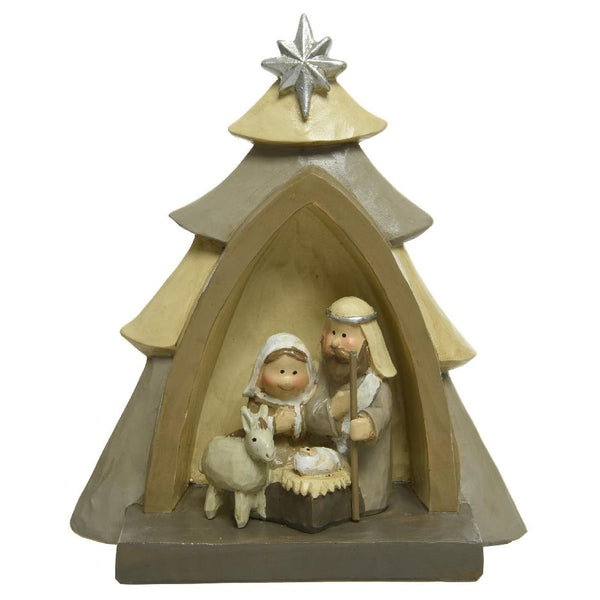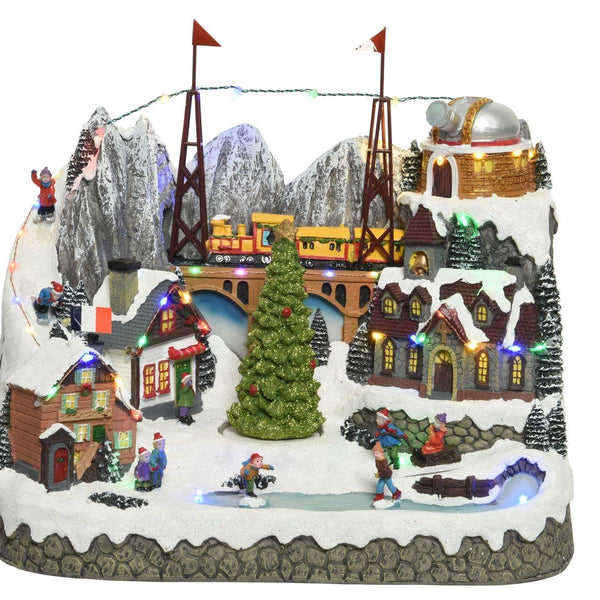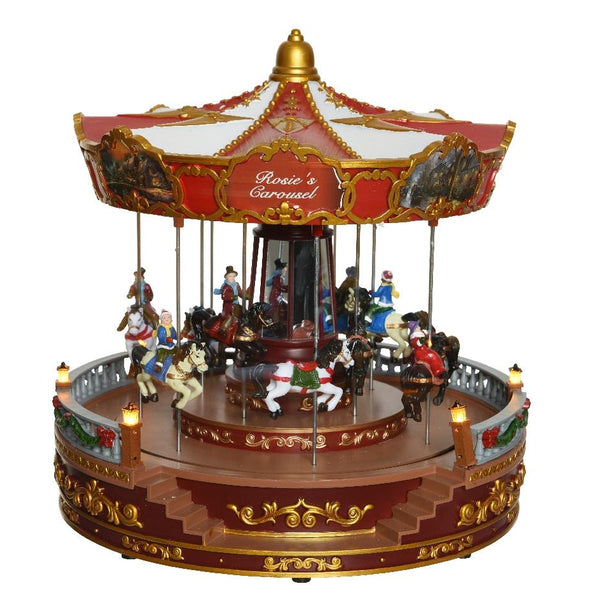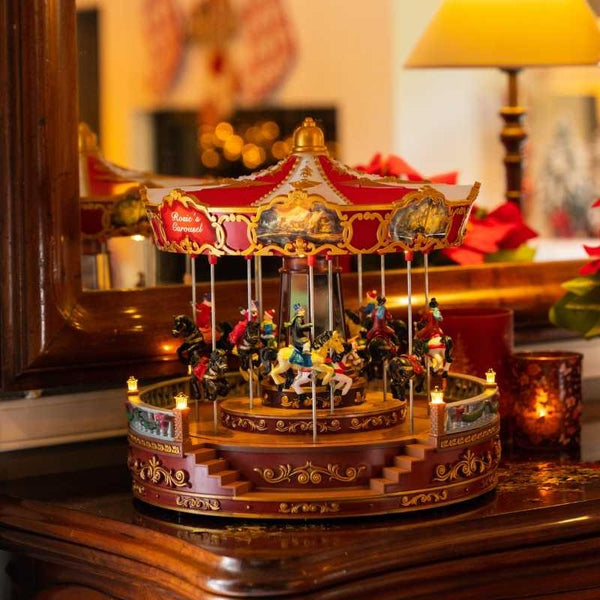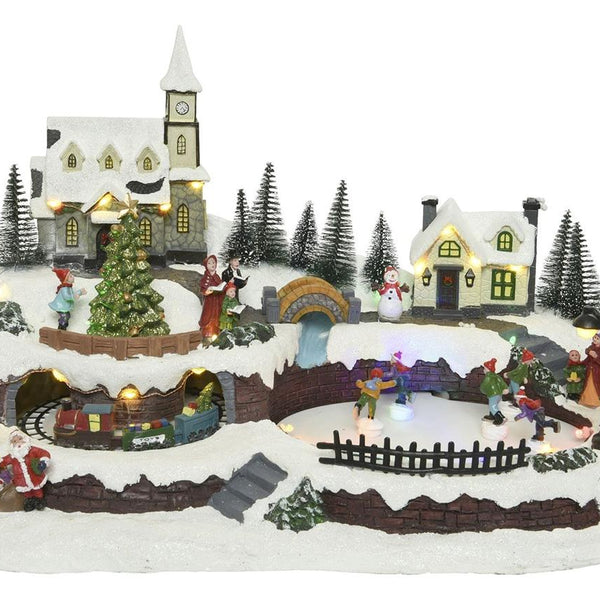Christmas is coming, and it's the perfect time to think about choosing the tree that will adorn and enhance your living room. Trees come in many sizes and varieties, so making the best choice isn't always easy. You're looking for the Christmas tree that will make this holiday memorable and bring back fond childhood memories. Here's a detailed selection of some species and varieties of Christmas trees.
The spruce
The spruce, or Picea Abies, is the most popular Christmas tree during the festive season. It is bushy and easily recognizable thanks to its resinous scent and dark green pigment. The spruce is a pyramidal green fir tree, its branches gently turning towards the top.
This conifer grows very quickly. In fact, it can reach a height of two meters in just eight years. This makes it the fastest-growing Christmas tree of its kind. The only drawback is that the Picea Abies loses its needles very quickly.
The Nordmann fir
The Nordmann fir or Caucasica is native to Russia. Also called the northern fir, it is now the Christmas tree of choice for millions of households. It is a conical tree with very dark green needles at the top and silvery needles towards the bottom.
Its main advantage is that it does not easily lose its needles, even when installed "cut" in your home. For those who like to celebrate longer, the tree can be kept indoors for a month without losing a single needle. When this tree is in a ball or container, it is possible to replant it. The large Nordmann fir is majestic and grows very slowly.
The Nobilis fir tree
This tree stands out thanks to its bluish needles that are soft to the touch and its pleasant fragrance. Its foliage lasts as long as the Nordmann fir. However, its branches are not always harmonious or conical. This makes decorating difficult, as garlands and Christmas baubles cannot be hung on it.
The omorika
The Picea Omorika, commonly known as the Serbian fir, is native to the Balkans. It has long, bright green, slightly silvery needles. Although these needles are long, they are less bushy and dense than the aforementioned firs. However, it is its needles and shape that give it a rather unique appearance. It's easy to find decorating ideas to make it a beautiful Christmas tree. The Serbian fir is rarely found in garden centers.
Purchasing this fir tree in a pot or container allows you to plant it in your garden. Another advantage is that it is compatible with any type of soil, even if it contains limestone or clay. After the Picea Abies, the Serbian fir is the most common species.
The Pungens
This conifer is distinguished by its pale blue needles and pleasant scent. Its color has given it the name "blue fir." It is a hardy tree with prickly thorns. It is even not recommended to buy one if you have small children or pets living with you. Whether in a pot or a root ball, replant it in your garden if possible.
The pungens is a very pretty tree with an equally original shape. It is quite remarkable and present in green spaces and gardens. Its height can be around fifteen (15) meters high. The strong point of this fir tree, apart from its color and its length, is that it does not lose its needles.
The inverted fir tree
This is a rather special Christmas tree that doesn't go unnoticed, especially with its compact, inverted appearance. As its name suggests, the inverted fir or Picea inversa looks as if it has been turned upside down.
However, this is its original form. This fir tree is more attractive for the spectacle offered by its branches. When they are long, these branches settle on the ground to form a dark greenish carpet on the ground. The base or support of the fir tree is no longer visible, because the branches cover it completely. It is easy to preserve and replant. It thrives effectively in the following conditions:
- A temperature of -15°C;
- A well-drained (easily passes through) and fresh soil;
- From the sunlight.
Regional fir trees
Regional fir trees are specific and belong to specific regions. These trees are sold exclusively through local gardeners or nurseries. So, instead of wanting to own just any fir tree, you might decide to choose a regional fir tree. This choice may be motivated by your affiliation with the region or by a taste for local produce.
The silver fir
This is the most impressive and tallest European tree. The silver fir can reach 60 meters in height, sometimes even more, and reach a height of around 80 meters. This tree can also live up to 500 years, a longevity that could make it the king of the forests. The diameter of its trunk is equally impressive: 2 meters when it reaches maturity.
The top of the tree is initially conical and sharply pointed, then takes on an oval shape and finally spreads out. The trunk of the conifer is straight and the branches and twigs are horizontal. Over the years, the branches become irregular. These different transformations of this tree are observed little by little throughout its life cycle.
The organic fir tree
Concerned about the environmental impact of growing fir trees, organic fir trees are used as a restorative agent. Indeed, organic fir trees have several advantages. They are natural, contain no chemicals, and respect the environment's biodiversity. Each time an organic fir tree is cut down, another is immediately planted.
This technique aims to eliminate the harmful effects of carbon dioxide (CO2) as much as possible. Furthermore, this eco-friendly tree is recyclable and, like any natural product that does not contain chemical waste, is biodegradable. Even though it is organic, this tree is affordable.
The artificial tree
The artificial Christmas tree is very realistic even though it's a fake tree. Small or large, this synthetic tree is a pure plastic product. Its advantage is its longevity and its stable metal base. This can be reused indefinitely. It is available in several models, designs, and colors to suit everyone's taste. It adapts well to your interior and can be purchased at an entry-level price.
Now you have enough information about the different varieties and species of Christmas trees to know how to choose your holiday shrubs. Every detail and aspect of the tree you choose can inspire you to decorate it alone or with your family, creating a magical atmosphere.
However, you should also consider the size, which should be appropriate for your room, the color of the tree, and its weight. Also, consider the budget, the scent, and the cost of its maintenance. Jingle bells, fairy lights, and Christmas wreaths ultimately add warmth to the interior and announce the arrival of Santa Claus.
